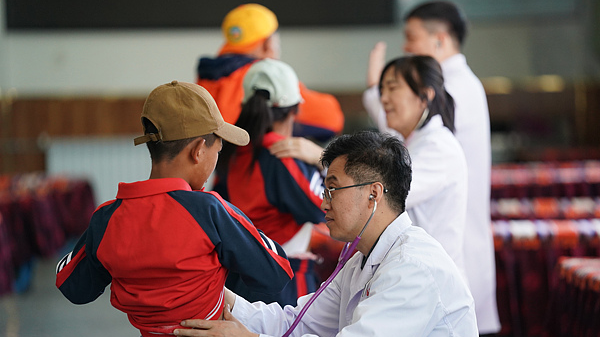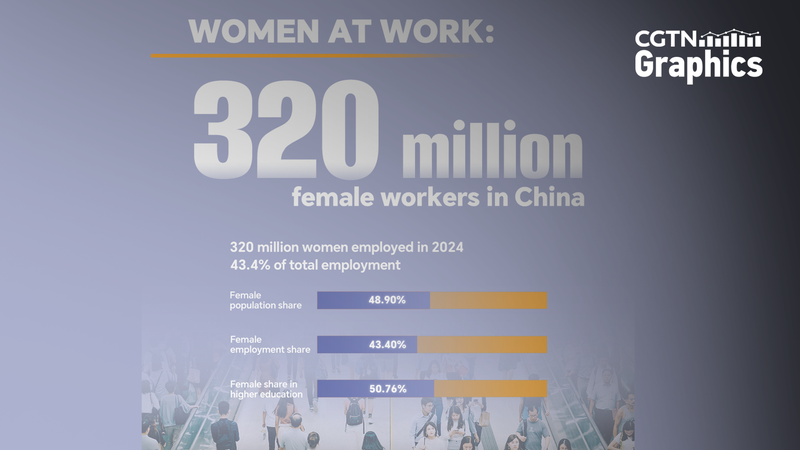At the University of Tibetan Medicine in the high-altitude reaches of the Xizang Autonomous Region, Mikyi Tsomo welcomes patients who travel hundreds of kilometres seeking her healing touch. As a child, she shadowed village 'Great Pandita' healers; today, she’s known for blending ancient Sowa Rigpa wisdom with modern medical insights.
Sowa Rigpa, meaning nourishment-knowledge system in Tibetan, evolved over centuries as a holistic response to life above 4,000 metres. Mikyi’s journey began at age five when a wandering herbal doctor identified her ailment with a single pulse check, igniting her lifelong quest to master these remedies.
By 17, she was dispatched to a remote hospital at 4,500 metres, where a day-long ride to visit a patient was routine. Treating villagers by day and studying ancestral scripts by night, Mikyi recalls, medical texts dating back a millennium still guiding today’s prescriptions.
A six-decade healthcare transformation
Since 1951, Xizang’s healthcare landscape has shifted dramatically. From just three Tibetan medicine institutions, the region now hosts 51 public clinics and hospitals dedicated to traditional practices. Professionals have more than doubled, rising from 2,232 in 2012 to 5,287 in 2024.
Infrastructure growth matches this surge. Hospital beds soared from 1,364 to 3,260, while community health centres offering Tibetan medicine rose from 50% coverage in 2012 to 94.4% today. The region’s Healthy Xizang Initiative also boosted per-capita public health subsidies from 25 yuan to 115 yuan, ensuring free basic services for urban and rural residents alike.
Modern and traditional care now co-exist across 7,231 medical facilities, including 5,222 village clinics. With 5.9 hospital beds, 8.05 healthcare professionals, and 3.34 physicians per 1,000 people, Xizang’s density of care rivals many global averages.
Collaboration fuels capacity
Since 2015, over 2,000 medical experts from 17 provinces have partnered with Xizang’s teams, training 5,536 local professionals and elevating diagnostic and treatment standards. Telemedicine links every public institution at the township level and above to specialists nationwide, cutting isolation and speeding care in remote valleys.
As Xizang looks to the future, its model shows how cultural heritage and data-driven policy can unlock equitable health for all. From Sowa Rigpa’s ancient pulse diagnostics to digital outreach across mountains, the region’s six-decade journey offers fresh insights for global health innovation.
Reference(s):
Six decades: How Xizang achieves rapid advances in healthcare
cgtn.com


